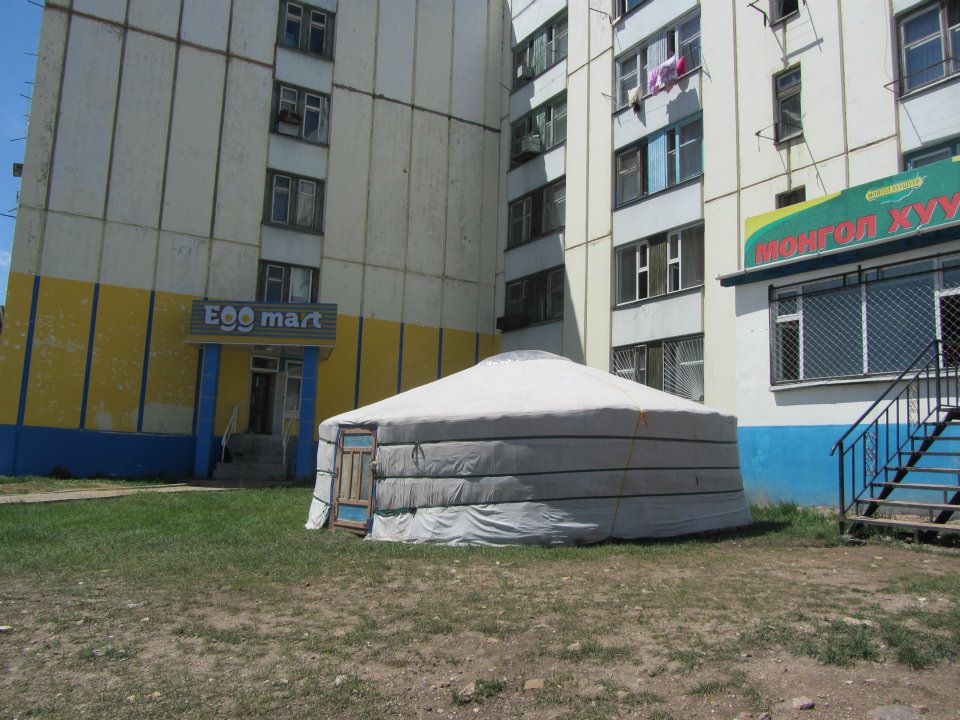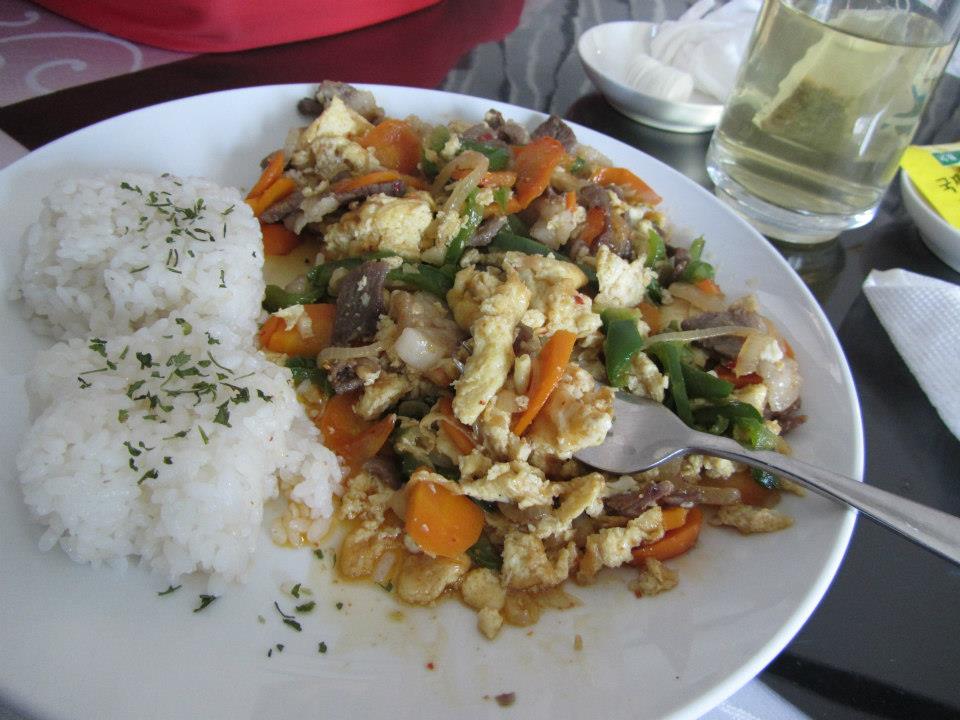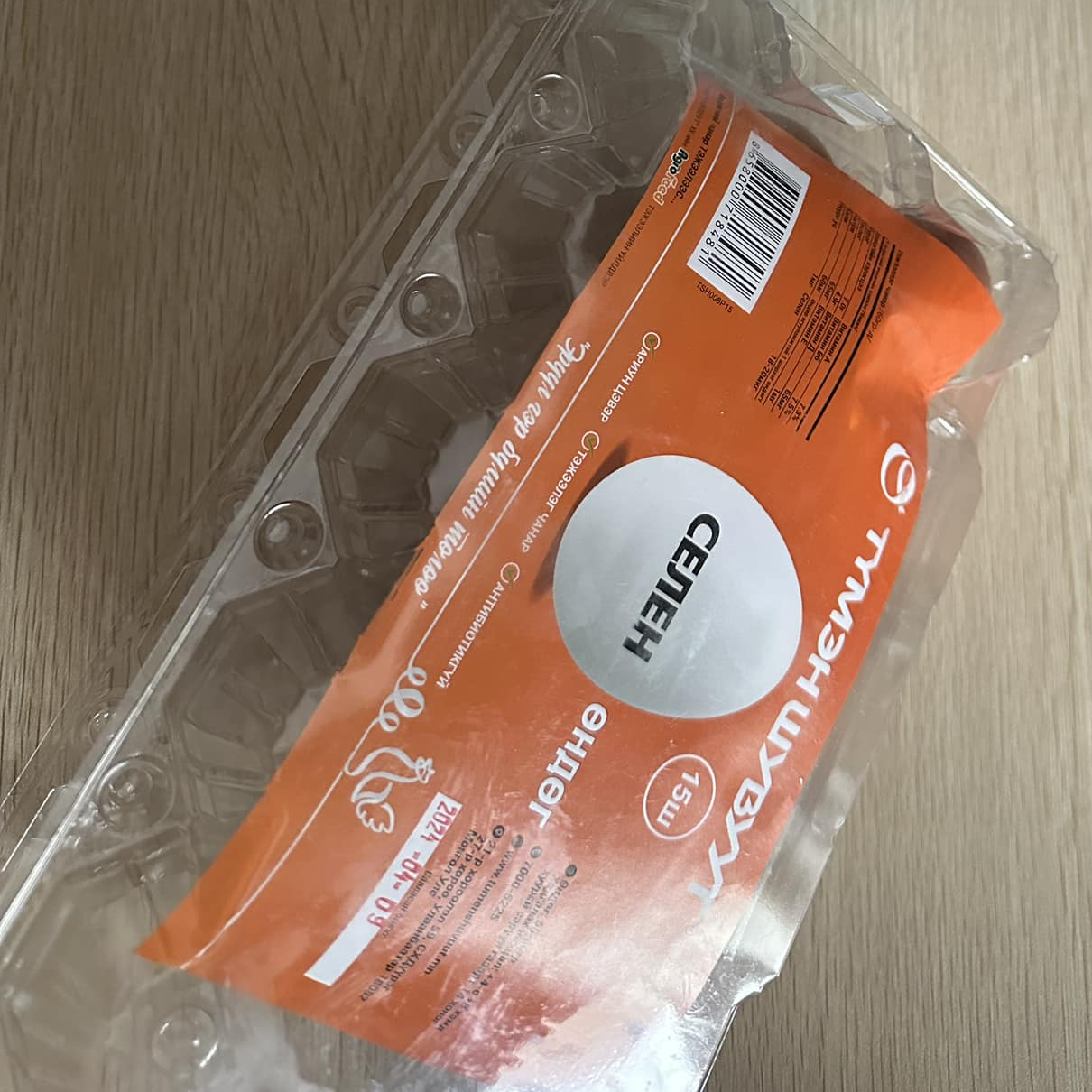By Julian Dierkes and Marissa J. Smith
As we have done for cabinets since 2016 (Erdenebat 2016 | Khurelsukh 2017 | Khurelsukh 2020 | Oyun-Erdene 2021 | Oyun-Erdene 2022 | Oyun-Erdene 2023 | Oyun-Erdene 2024), we’re listing cabinet members below with their portfolios and brief bio sketches.
The new cabinet has still to be finalized by President Khurelsukh, but this is the lineup being presented, as reported by montsame.mn. There is now a coalition government between the MPP, the Civil Will-Green Party, and KhUN, and DP members are being replaced (as well as a few MPP members replaced or shuffled). News.mn reported that a ministry was offered to Nomtoibayar of the National Coalition, but the party had not responded to the invitation.
News.mn has reported that the number of ministers “without ministries” is to be reduced. The new ministers fit the direction of “revenge of the seventies generation;” the only new ministers not to have been born in the 1970s are E. Batshugar, son of former president N. Enkhbayar (b. 1987), Damdinnyam (b. 1982), and Undram (b. 1982). Several are multiple-term Members of Parliament. Of the new ministers, only Undram is a woman, bringing the number of female Cabinet members to two.
(new cabinet members in bold, if no party is listed in a bracket, the minister is from MPP)
Prime Minister – G Zandanshatar
b. 1970 in Battsagaan, Bayankhongor
Married, four children
Graduate, Soviet Higher School of National Economy, Irkutsk
Worked in banking sector (Mongolbank, Khaan Bank), 1996-2003
Deputy Minister of Agriculture, 2003-04
Member, MPP Baga Khural, 2005, 2007
Member, MPP Leadership Council, 2005-2007, 2015
Foreign Minister, 2009-2012
Secretary General, MPP, 2012-2013
Stanford, 2015
Cabinet Secretary, 2017-2019
Speaker of Parliament, 2019-24
Member of Parliament, 2004-2012, 2016-2024
Head of President’s Office, 2024-2025
Deputy PM – Kh. Gankhuyag, MP
National University of Mongolia, Institute of International Relations, Foreign Service Officer, 1999
USA, Harvard University, Business Administration for Directors, General Management, 2014
National Academy of the Republic of Korea, International Economics, 2015
Canada, University of British Columbia, Mining Engineering, Sustainable Development Governance, 2018
Founder and Chairman of the Board of Directors of Hera Group, 2003
Chairman of the Board of Directors of Remikon JSC, 2008-2014
Member of the Board of Directors of the Mining Association, 2010-2014
Chairman of the Tariat Sum Local Council of Arkhangai Province, 2010
Part-time Advisor to the Minister of Industry and Agriculture,2012-2014
Member of the Organizing Committee of the Mongolian Economic Forum, 2015-2017
Member of the MPP Conference, 2017
Bayangol District MPP Leader, Chairman of the Party Committee of the 22nd Khoroo, 2018-
Part-time Advisor to the Chairman of the State Great Khural of Mongolia, 2019
Member of the State Great Khural of Mongolia, 2020-
Chairman of the Standing Budget Committee of the State Great Khural of Mongolia, 2025
(Replaced fall 2025:
Deputy PM [no portfolio specified] – S. Amarsaikhan, MP
Born 1973, Nalaikh, Ulaanbaatar
Linguist and Lawyer, Fresno College (California) 1996;
English Metropolitan College, 1998
Los Angeles College, 2000
Master’s degree in law from Southwestern University
Staff at Science and Information Technology Center 1992-1994
Attache at the Embassy of Mongolia to PRC, 2000-2004
Manager of Investment and Foreign Trade at American Trade and Development, 2004-2007
CEO, President and Director of BOD, Oyunii Undraa Group LLC, 2007-2017
Member of the Citizen’s Representative Council, 2012-2020
Head of the budget, finance and economic committee of the Citizen Representative Council, 2016-2017
Chairman of the Citizen’s Representative Council, 2017-2019
Mayor of Ulaanbaatar, 2019-2020
Member of Parliament, 2020-Present
Deputy Prime Minister, 2021
Replaced, became MPP Party Chairman, fall 2025:
First Deputy Prime Minister – N. Uchral, MP
b. 1985 [found 1987 elsewhere] in Ulaanbaatar
Degree in law, Ikh Zasag International University, 2007
MBA, University of Gloucestershire, 2010
Mongolian University of Education, Master of History, 2012
Siberian Branch of the Russian Academy of Sciences, 2013
General Director, Royal Academy and Royal International Institute, 2010-2016
Member of Parliament, 2016-Present
Minister of Digital Development and Communications, 2022
Cabinet Secretary, 2024-)
Deputy PM for [no portfolio specified] – T. Dorjkhand, MP [KhUN – List]
Born 1977 in Ulaanbaatar
Bachelor in Public Finance, MUST in 1995
Master, Public Economic Policy, Hitotsubashi University, Japan, 2004
Trained in Public and Private Partnership in Infrastructure, Harvard University, USA, 2010
Trained in Financial Theory, Oxford University, UK, 2012
Specialist in the Fiscal policy in Ministry of Finance, 1999-2002
Intern in the Ministry of Finance in Japan, 2003-2004
Acting head, Loan and aid department, Ministry of Finance, 2005-2012
Head of the Financial policy and loan management department, Ministry of Finance, 2012-2015
Advisor to the Executive Director, Asia Pacific Region, International Financial Corporation, Washington, USA, 2013-2015
Co-founded the KhUN, headed the BOD, 2016-2020
Member of Parliament, 2020-Present
Cabinet Secretary – S. Byambatsogt, MP
Born 1974
School No. 2 of Jargalant soum, Khovd aimag, 1992
Higher School of Finance and Economics, 1999
Maastricht University, Netherlands, Economics, 2005
Mongolian State University, Law School, Law Faculty, 2014
General Director of “Khovdyn Ingoo” LLC, 1998-2000
Director of “New Progress” LLC, 2000-2006
Chairman of the Board of Directors of “New Progress” Group, 2006-2008
President of “New Progress” Group, 2008
Member of the Mongolian State Great Khural, 2008-2020
Minister of Justice and Internal Affairs, 2016-2017
Minister of Road and Transport Development, 2022-2024
Minister of Defense, 2024
Finance – B. Javkhlan, MP
Born 1975 in Darkhan
Economist, graduated from MUST in 1997
University of California, Riverside, 2008
Indiana University, 2009
Controller, Mongolbank 1997-1999
Plenipotentiary Mongolbank Representative to Agricultural Bank 1999-2000
Senior Controller, Mongolbank, 2000-2004
Deputy Director of the Trade and Development Bank 2004-2007
Elected to MPP Little Khural, 2013
MP since 2016 to Present (Govi-Altai, Zavkhan, Khovd, Uvs)
Head of Parliamentary Subcommittee for Local Leadership, 2016-2020
Deputy Vice President of the Bank of Mongolia 2010-2016
Minister of Finance, 2021-
Defense – D. Batlut, MP
Born 1974
Employee, “Erdenet Carpets” LLC, 1994-2000
Executive Director at “World Vision Mongolia” International Organization, 2003-2006
Deputy Governor of Bayan-Ondur soum, Orkhon aimag, 2008-2012
Representative, leader, and group leader of the Orkhon aimag Local Government Committee, 2008-2020
Governor of Orkhon Aimag and Mayor of Erdenet City, 2016-2020
Member of Parliament, 2020-2024 (Orkhon [Erdenet])
Member of Parliament, 2024- (Bulgan/Khuvsgul/Orkhon)
Justice and Internal Affairs – B. Enkhbayar, MP
Graduated Law School of the National University of Mongolia, lawyer, 1998
Ulaanbaatar-Erdem University, teacher, 1998-2004
Assistant to the Member of Parliament,2000-2001
Reference and legal advisor to the MPP group in the Parliament, 2001-2002
Head of the Office of the Department of Land Relations, Geodesy and Cartography, 2003-2006
Head of the Department of State Administration and Management of the Ministry of Land, Infrastructure and Transport, 2006-2007
Head of the Office of the State Administration and Management of the Ministry of Land, Infrastructure and Transport, 2009-2011
Advisor to the MPP Chairman, 2011-2013
MPP group in the Parliament Advisor, 2014-2016
Deputy Minister of Justice and Internal Affairs, 2016-2018
Chairman of the Standing Committee on Justice of the Mongolian State Great Khural, 2023
Member of the Government of Mongolia, Minister of Justice and Internal Affairs, 2023
Member of the Mongolian State Great Khural, 2020-
(Replaced in fall 2025:
L. Munkhbaatar, MP
Born 1977
Ministry of Law, 1999-2008
Head, State Center for Citizens’ Registration and Information/Main Directorate for State Registration, 2008-2011
Legal Advisor to Prime Minister, 2012
Legal Advisor to MPP Chairman, 2013
Member of Parliament, 2016-2024 (Khuvsgul)
Member of Parliament, 2024- (Bulgan/Khuvsgul/Orkhon)
Head of MPP parliamentary caucus 2024-)
Education – P. Naranbayar, MP [KhUN]
Born in 1976
Bachelor in International Relations, MUST, 2000
Master in law, Kioto University, Japan, 2007
PhD in International study, MUST, 2015
Specialist/officer in the Collaborative Relations Unit, Ministry of Environment, 2000-2002
Assistant to the Minister of Environment, 2002-2004
Head of the Japan Ecological Foundation Representative Office, 2002-2004
Officer in the Innovation Department, National Development and Innovation Committee of Mongolia, 2009-2011
Acting Head, Tourism Department, Ministry of Environment and Tourism, 2011
Director of the Shine Mongol Secondary Education School 2012-2020
Chair of the party’s Ulaanbaatar committee, KhUN Party
Representative of the Citizen’s Representative Khural, Head of Human Development Committee, 2020-2024
Member of Parliament, 2024-Present
Minister of Education, 2024-
Roads and Transport – B. Delgersaikhan, MP
Born in 1964, Dornogobi
Bachelor in law, University of Law Enforcement, 1987
Detective, Dornogobi Police Unit, 1987-1989
Lead detective and Head of the unit, Police Office of Dornogobi, 1989-2002
Founder and director of “Dorniin Gobi” LLC, 2002-2016
Director, “Bold tomor Eroo gol”LLC, 2004-2015
Member of Parliament (three terms), 2014-2020, 2020-2024, 2024-Present
Minister of Roads and Transport, 2024-
Culture, Sport and Tourism – Ch. Undram, MP
Born 1982
Secondary School No. 23 of the capital, 1998
High School in US, 1999
Business School of the International American University in London, 2004
PhD degree from the School of Economics, Nagoya University, Japan, on the topic “Project Management and Simulation Analysis of Mining and Iron Ore Processing Plants”, 2010
Marketing Manager at MCS International LLC, 2005-2006
Coordinator of the Institute for Competitive Macroeconomics at Harvard Business School, 2010-2020
Department of Management, School of Economics, National University of Mongolia, 2010-2013
Various roles, National University of Mongolia, 2014-2019
Deputy Director for Administration and Internal Cooperation of National University of Mongolia, 2017-2018
Member of the Economic Policy Council of the Prime Minister of Mongolia, 2017-2020
Professor at the School of Business of National University, 2019-2020
Member of the Mongolian Parliament, 2020- (currently Darkhan-Uul/Selenge/Tuv)
Environment and Climate Change – B. Batbaatar, MP [CWGP – List]
Born 1973
Ulaanbaatar School No. 10, 1991
Graduate of Higher School of Economics (2000) and Higher School of Law, NUM (2002)
Head of the Democratic Party of Ulaanbaatar city, Chingeltei district, 2003-2013
Member of Parliament, 2004-2008 (Motherland-Democracy Coalition)
Head of the Budget Control Committee of the People’s Representatives’ Khural of Chingeltei district, UB, 2012-2016
Full-time advisor to the Prime Minister, 2015-2016
Member of Parliament, 2024- (Party List)
Foreign Relations – B. Battsetseg, MP
Born in 1973 in aimag center of Bayankhongor province
Graduated secondary school, Darkhan
Graduated from International Relations School at MUST in 1996
Directors of publishing houses Az Khur LLC, and Munkhiin Useg LLC 1996 to 2004
Institute of Finance and Economy 2000; Maastricht University of Management in 2005
Unit Director at Foreign Investment and Foreign Trade Agency, 2005-2007
Chairman of the board, Munkhiin Useg 2007-2015
Advisor to MPP Secretary-General, 2010-2011
Administration office, and Head of Foreign Relations and Cooperation Department of MPP, 2010-2012
Director of the Board of Directors of Munkhiin Useg Publishing, 2020 to Jan 28, 2021
Advisor to the Minister of Finance, 2015-2016
Deputy Minister of Foreign Affairs, 2016-2020
Minister of Foreign Affairs, 2021-present
Member of Parliament, 2024-present
Mining & Industry – G. Damdinnyam
Born 1982
First Mongolia Focus co-author to become member of cabinet
Darkhan-Uul aimag secondary school No. 7, graduated 1999
Mongolian University of Education, teacher of sociology and law, 2004
Mongolian University of Education, master of political science, 2005-2007
University of British Columbia, master of mining governance and policy, 2013-2016
Advisor to the Minister of Environment, 2008-2009
Advisor to the Minister of Higher Education, 2009-2010
Vice-Rector of Social Development, Mongolian University of Science and Technology, 2010-2013
Researcher at the University of British Columbia, Canada, 2015
CEO of “Procon Mining Mongolia” LLC, 2017
Member of Parliament, 2020-
Family, Labor and Social Protection – T. Aubakir, MP
Born 1976
Secondary school of Tsagaannuur soum, Selenge aimag, 1992
“Otgontenger” Higher School, International Law, 2000
Deputy Director of “Selenge Tariya” LLC, Selenge aimag, 2000-2005
Director of “Tarian Tsatsal” LLC, 2006-2015
Head of the Internal Audit and Monitoring Department of the General Department of Customs, 2015-2016
Deputy Head of the Buyant-Ukhaa (International Airport) Customs Department under the General Department of Customs, 2017-2019
Member of Parliament, 2020- (Bayan-Ulgii)
Construction and Urban Development – E. Bat-Amgalan, MP
Born 1977
Secondary School No. 1 of the capital, 1994
Department of International Relations, German Studies, International Diplomacy, National University of Arts, 1998
Law School of the National University of Arts, Lawyer, 2004
“Bayan Hadat” Tour LLC, Executive Director, 2002-2008
Head of the Production and Services Department of the Capital City Tourism and Tourism Administration, 2008-2010
Representative of the Capital City Tourism and Tourism Administration, 2008-2012
Deputy Head of the National Parks Department, 2010-2012
Head of the Foreign Relations Department of the “Chinggis Khaan” International Airport of the State Administration of Tourism, 2015-2020
Representative of the Capital City Tourism and Tourism Administration, 2016-2020
Member of Parliament, 2024- (Bayanzurkh district of Ulaanbaatar)
Health – J. Chinburen, MP
Born 1972
Secondary School No. 23, Ulaanbaatar, 1990
University of Health Sciences, senior physician, 1991-1997
Switzerland, University of Lausanne, researcher, 2001-2002
Tokyo University of Medicine and Surgery, Doctor of Medicine, 2013-2015
Medical Institute, scientific assistant, 1997-1998
National Cancer Center, general surgery department, surgeon, 1998-2008
National Cancer Center, head of the hepatobiliary and pancreatic surgery department, 2008-2016
Shymkent Cancer Center, Republic of Kazakhstan, trainer
Mongolian Head of the Hepatobiliary and Pancreatic Society, 2015
Chairman of the Ministry of Health, Cancer Professional Branch Council, 2016
General Director of the National Cancer Center, 2016-2019
Consultant Physician of the National Cancer Center, 2020
Member of Parliament, 2020- (Bayanzurkh district of Ulaanbaatar)
Food, Agriculture, and Light Industry – M. Badamsuren, MP
Head of the Oil Supply Department in Dornod aimag, 2001-2002
Head of the Magnai Trade LLC branch, 2007-2009
Deputy Chairman of the Mongolian People’s Party Committee of Dornod aimag, 2009-2012
Chairman of the Mongolian People’s Party Committee of Dornod aimag, 2012-
Deputy Governor of Dornod aimag, 2014-2015
Governor of Dornod aimag, 2015-2024
Member of Parliament, 2024-
(Replaced, November 2025:
J. Enkhbayar, MP
Born 1973, Ulaanbaatar
Graduated from the Military school in 1991
Studied law at the MUST, 1999
MBA, Maastricht University, Netherlands, 2005
Director at “Gazar”LLC, and BOD at “Nekhii” LLC, and “Suljmel” LLC, 1992-2000
Director and Deputy Director at the Monitoring unit, Ulaanbaatar Customs Authority, 2002-2004
Advisor to the General Customs Authority, 2004-2006
Deputy director and Secretariat General at the General Agency for Specialised Inspection, 2006-2008
Member of Parliament, five terms, 2008-2012, 2012-16, 2016-20, 2020-24, 2024-Present
Minister of Defense, 2012
Min of Food, Agriculture and Light Industry, 2024-2025 )
Energy – B. Choijilsuren, MP
b. 1970, Tes, Uvs province
Automation and telemechanics, Urals Higher Polytechnic, Sverdlovsk (Yekaterinberg), graduated 1993
MPRP/MPP Little Khural, 2005-2015
Member of Parliament, 2012-Present
Minister of Finance, 2016
Minister of Energy, 2022-
Digital Development, Innovation and and Communications [exact portfolio] – E. Batshugar, MP
Born 1987
son of former President N. Enkhbayar
Ulaanbaatar School No. 14, 1994-2000
Bentley University, USA, 2004-2008
Employee, JP Morgan, 2008-2010
Director, Sod Margad Company, 2011
Mongolbank Vice President, 2012-2016
Chairman of Mongolian People’s Revolutionary Party (party since merged with MPP)
Member of Parliament, 2024- (Songinokhairkhan district of Ulaanbaatar)
(References include Alan J. K. Sanders, The Historical Dictionary of Mongolia, Lanham, MD: Rowman and Littlefield, 2017 and parliament.mn)




